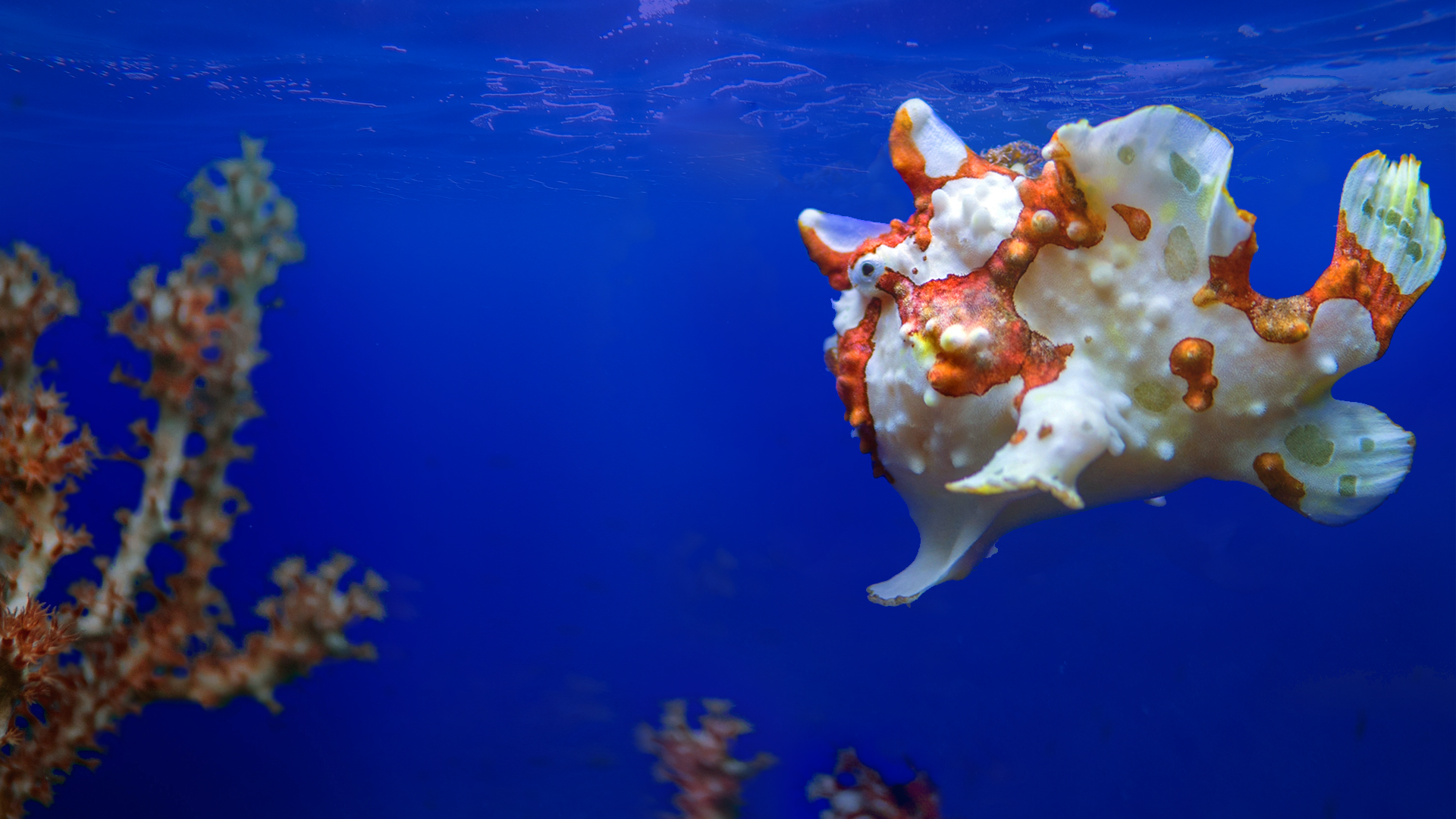Scroll for prep

Please wait…
This video is having trouble loading. You may have lost your Internet connection.
Step 1: Click to Reload this page
Step 2: Click to
Try our other video player
Step 3: Contact your teacher if trouble persists.
Or,
dismiss this message.
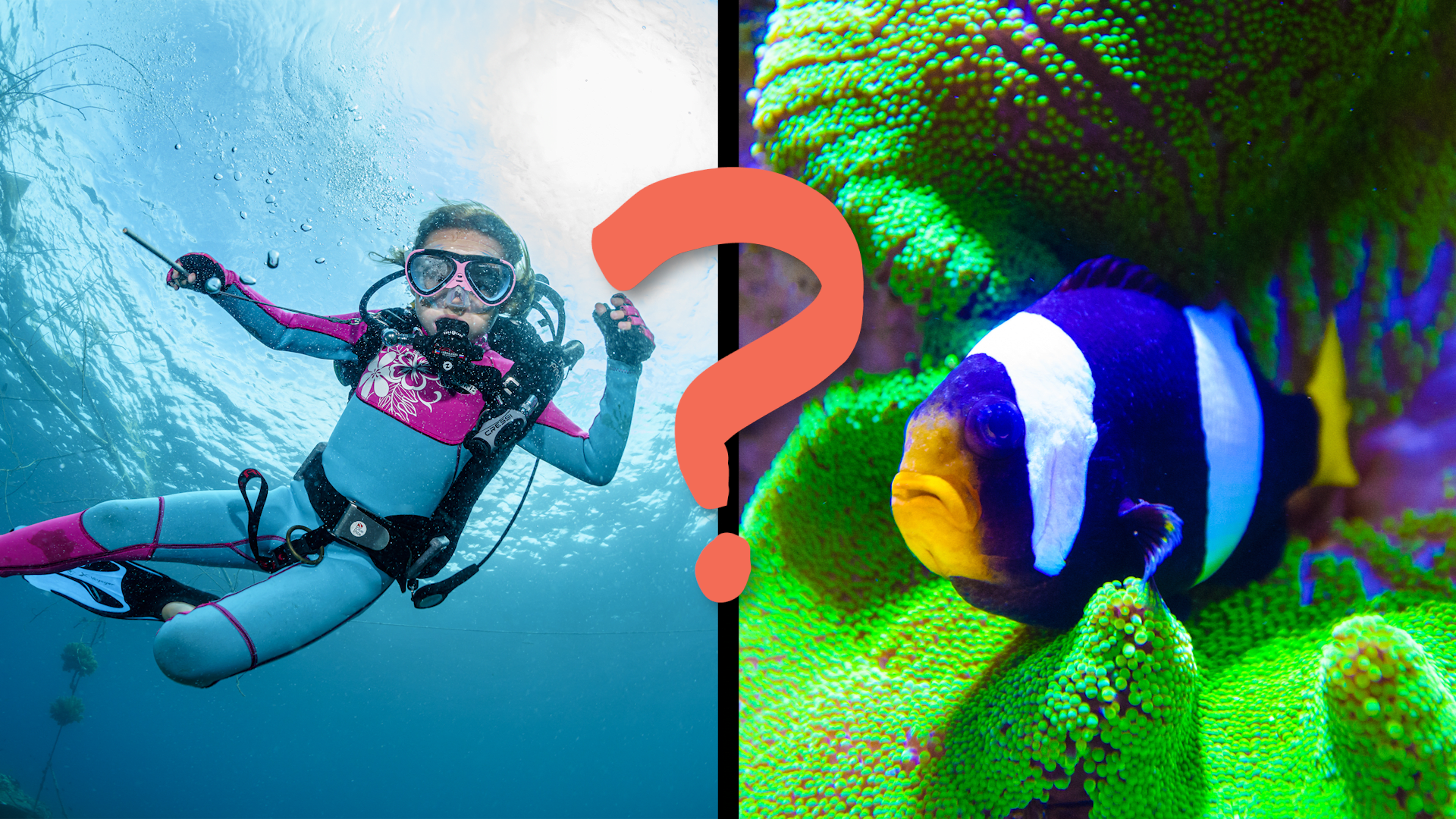
CONVERSEMOS:
¿Por qué es más fácil para un pez vivir en el agua que para un humano?
¿Por qué es más fácil para un pez vivir en el agua que para un humano?

Please wait…
This video is having trouble loading. You may have lost your Internet connection.
Step 1: Click to Reload this page
Step 2: Click to
Try our other video player
Step 3: Contact your teacher if trouble persists.
Or,
dismiss this message.
CONVERSEMOS: (1 de 2)
¿Por qué sería difícil cazar presas en el océano?
CONVERSEMOS: (2 de 2)
¿Qué rasgos podrían ayudar a un animal marino a encontrar y atrapar sus presas?

Please wait…
This video is having trouble loading. You may have lost your Internet connection.
Step 1: Click to Reload this page
Step 2: Click to
Try our other video player
Step 3: Contact your teacher if trouble persists.
Or,
dismiss this message.

Please wait…
This video is having trouble loading. You may have lost your Internet connection.
Step 1: Click to Reload this page
Step 2: Click to
Try our other video player
Step 3: Contact your teacher if trouble persists.
Or,
dismiss this message.
Paso
01/18
01/18
Para hacer esta actividad, vas a trabajar con un compañero o
una compañera.
una compañera.

Please wait…
This video is having trouble loading. You may have lost your Internet connection.
Step 1: Click to Reload this page
Step 2: Click to
Try our other video player
Step 3: Contact your teacher if trouble persists.
Or,
dismiss this message.
Paso
02/18
02/18
Obtén estos materiales.

Please wait…
This video is having trouble loading. You may have lost your Internet connection.
Step 1: Click to Reload this page
Step 2: Click to
Try our other video player
Step 3: Contact your teacher if trouble persists.
Or,
dismiss this message.
Paso
03/18
03/18
Voltea cada hoja y dóblala a lo largo de la línea gris de en medio.
Las palabras deben de quedar por fuera. Remarca el doblez con tu
uña para que quede bien doblado.
Las palabras deben de quedar por fuera. Remarca el doblez con tu
uña para que quede bien doblado.

Please wait…
This video is having trouble loading. You may have lost your Internet connection.
Step 1: Click to Reload this page
Step 2: Click to
Try our other video player
Step 3: Contact your teacher if trouble persists.
Or,
dismiss this message.
Paso
04/18
04/18
Pon la hoja con la letra A en el esquina sobre la hoja con la letra
B en la esquina. Dobla las dos páginas a la mitad. Remarca el
doblez con tu uña para que quede bien doblado.
B en la esquina. Dobla las dos páginas a la mitad. Remarca el
doblez con tu uña para que quede bien doblado.

Please wait…
This video is having trouble loading. You may have lost your Internet connection.
Step 1: Click to Reload this page
Step 2: Click to
Try our other video player
Step 3: Contact your teacher if trouble persists.
Or,
dismiss this message.
Paso
05/18
05/18
Mantén las hojas juntas. Haz que tu compañero/a corte a lo largo
de la línea punteada en medio de la hoja. Luego ayúdalo/a a hacer
lo mismo.
de la línea punteada en medio de la hoja. Luego ayúdalo/a a hacer
lo mismo.

Please wait…
This video is having trouble loading. You may have lost your Internet connection.
Step 1: Click to Reload this page
Step 2: Click to
Try our other video player
Step 3: Contact your teacher if trouble persists.
Or,
dismiss this message.
Paso
06/18
06/18
Pon un limpiapipas sobre la línea negra en medio de tu diario.
Mete el limpiapipas en las cortadas entre las páginas, y dobla
las puntas hacia atrás. Enróscalas para juntarlas.
Mete el limpiapipas en las cortadas entre las páginas, y dobla
las puntas hacia atrás. Enróscalas para juntarlas.

Please wait…
This video is having trouble loading. You may have lost your Internet connection.
Step 1: Click to Reload this page
Step 2: Click to
Try our other video player
Step 3: Contact your teacher if trouble persists.
Or,
dismiss this message.
Paso
07a/18
07a/18
Observa las estructuras que tienen estos ranisapos.
Conversemos.
Conversemos.

Please wait…
This video is having trouble loading. You may have lost your Internet connection.
Step 1: Click to Reload this page
Step 2: Click to
Try our other video player
Step 3: Contact your teacher if trouble persists.
Or,
dismiss this message.
Paso
07b/18
07b/18
Esto fue lo que nosotros notamos.

Please wait…
This video is having trouble loading. You may have lost your Internet connection.
Step 1: Click to Reload this page
Step 2: Click to
Try our other video player
Step 3: Contact your teacher if trouble persists.
Or,
dismiss this message.
Paso
08/18
08/18
Mira este video de un ranisapo. Ponle mucha atención a cómo
usa la estructura que tiene en la cabeza.
usa la estructura que tiene en la cabeza.

Please wait…
This video is having trouble loading. You may have lost your Internet connection.
Step 1: Click to Reload this page
Step 2: Click to
Try our other video player
Step 3: Contact your teacher if trouble persists.
Or,
dismiss this message.
Paso
09/18
09/18
Platica con tu compañero/a sobre tus observaciones.
Luego escribe tus respuestas a la pregunta 1a y 1b en tu
diario de campo.
Luego escribe tus respuestas a la pregunta 1a y 1b en tu
diario de campo.

Please wait…
This video is having trouble loading. You may have lost your Internet connection.
Step 1: Click to Reload this page
Step 2: Click to
Try our other video player
Step 3: Contact your teacher if trouble persists.
Or,
dismiss this message.
Paso
10/18
10/18
Veamos cómo otra especie de ranisapo obtiene su comida.
Ponle atención a cómo se acerca a su presa.
Ponle atención a cómo se acerca a su presa.

Please wait…
This video is having trouble loading. You may have lost your Internet connection.
Step 1: Click to Reload this page
Step 2: Click to
Try our other video player
Step 3: Contact your teacher if trouble persists.
Or,
dismiss this message.
Paso
11/18
11/18
Mira las preguntas 2A y 2B en tu diario de campo.
Platica con tu compañero/a y luego escribe tus respuestas.
Platica con tu compañero/a y luego escribe tus respuestas.

Please wait…
This video is having trouble loading. You may have lost your Internet connection.
Step 1: Click to Reload this page
Step 2: Click to
Try our other video player
Step 3: Contact your teacher if trouble persists.
Or,
dismiss this message.
Paso
12/18
12/18
Mira este video de un ranisapo. Ponle atención a cómo sus rasgos
lo ayudan a comerse a su presa.
lo ayudan a comerse a su presa.

Please wait…
This video is having trouble loading. You may have lost your Internet connection.
Step 1: Click to Reload this page
Step 2: Click to
Try our other video player
Step 3: Contact your teacher if trouble persists.
Or,
dismiss this message.
Paso
13/18
13/18
Mira las preguntas 3A y 3B en tu diario de capo.
Platica con tu compañero/a y luego escribe tus respuestas.
Platica con tu compañero/a y luego escribe tus respuestas.

Please wait…
This video is having trouble loading. You may have lost your Internet connection.
Step 1: Click to Reload this page
Step 2: Click to
Try our other video player
Step 3: Contact your teacher if trouble persists.
Or,
dismiss this message.
Paso
14/18
14/18
Mira este video de un ranisapo. Ponle atención a cómo sus rasgos
lo ayudan a comerse a su presa.
lo ayudan a comerse a su presa.

Please wait…
This video is having trouble loading. You may have lost your Internet connection.
Step 1: Click to Reload this page
Step 2: Click to
Try our other video player
Step 3: Contact your teacher if trouble persists.
Or,
dismiss this message.
Paso
15/18
15/18
Abre tu diario de campo a la pregunta #4. Platica con tu
compañero/a y escribe tu respuesta.
compañero/a y escribe tu respuesta.

Please wait…
This video is having trouble loading. You may have lost your Internet connection.
Step 1: Click to Reload this page
Step 2: Click to
Try our other video player
Step 3: Contact your teacher if trouble persists.
Or,
dismiss this message.
Paso
16/18
16/18
Abre tu diario de campo a las páginas 5 & 6. Encierra en un
círculo y etiqueta TODAS las estructuras que ayudan a un ranisapo
a atrapar y comerse su comida.
círculo y etiqueta TODAS las estructuras que ayudan a un ranisapo
a atrapar y comerse su comida.

Please wait…
This video is having trouble loading. You may have lost your Internet connection.
Step 1: Click to Reload this page
Step 2: Click to
Try our other video player
Step 3: Contact your teacher if trouble persists.
Or,
dismiss this message.
Paso
17/18
17/18
Abre tu diario de campo a la pregunta 6. ¿Estás de acuerdo con
la afirmación o no? ¿Por qué?
la afirmación o no? ¿Por qué?

Please wait…
This video is having trouble loading. You may have lost your Internet connection.
Step 1: Click to Reload this page
Step 2: Click to
Try our other video player
Step 3: Contact your teacher if trouble persists.
Or,
dismiss this message.
Paso
18/18
18/18
Conversemos.

Please wait…
This video is having trouble loading. You may have lost your Internet connection.
Step 1: Click to Reload this page
Step 2: Click to
Try our other video player
Step 3: Contact your teacher if trouble persists.
Or,
dismiss this message.

Please wait…
This video is having trouble loading. You may have lost your Internet connection.
Step 1: Click to Reload this page
Step 2: Click to
Try our other video player
Step 3: Contact your teacher if trouble persists.
Or,
dismiss this message.
CONVERSEMOS: ¿Cómo trabajan juntos los rasgos del calamar
manopla para ayudarlo a atrapar a su presa?
manopla para ayudarlo a atrapar a su presa?

Please wait…
This video is having trouble loading. You may have lost your Internet connection.
Step 1: Click to Reload this page
Step 2: Click to
Try our other video player
Step 3: Contact your teacher if trouble persists.
Or,
dismiss this message.

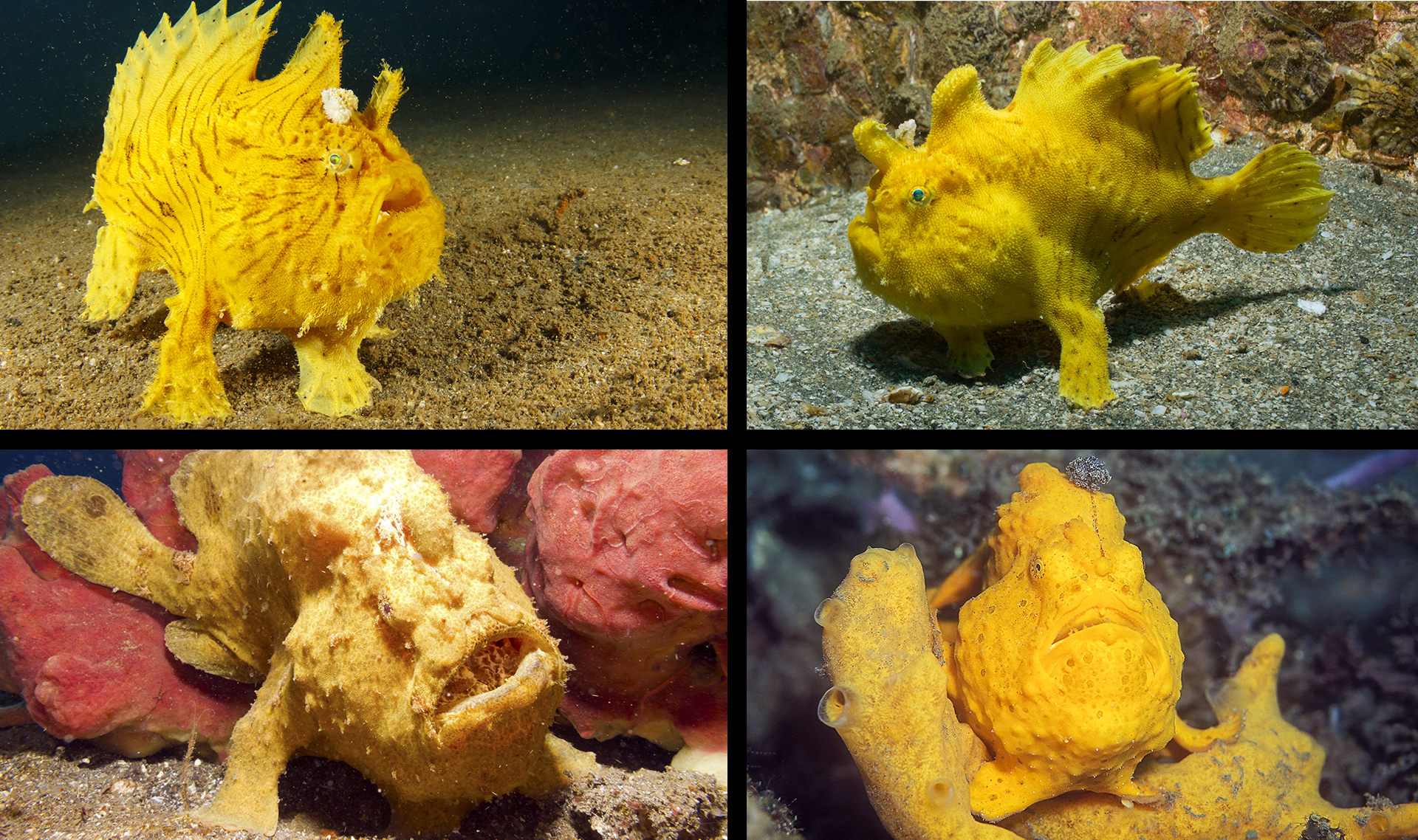
especie
1 de 14
un tipo específico de seres vivos que tienen características en común y que pueden reproducirse entre sí
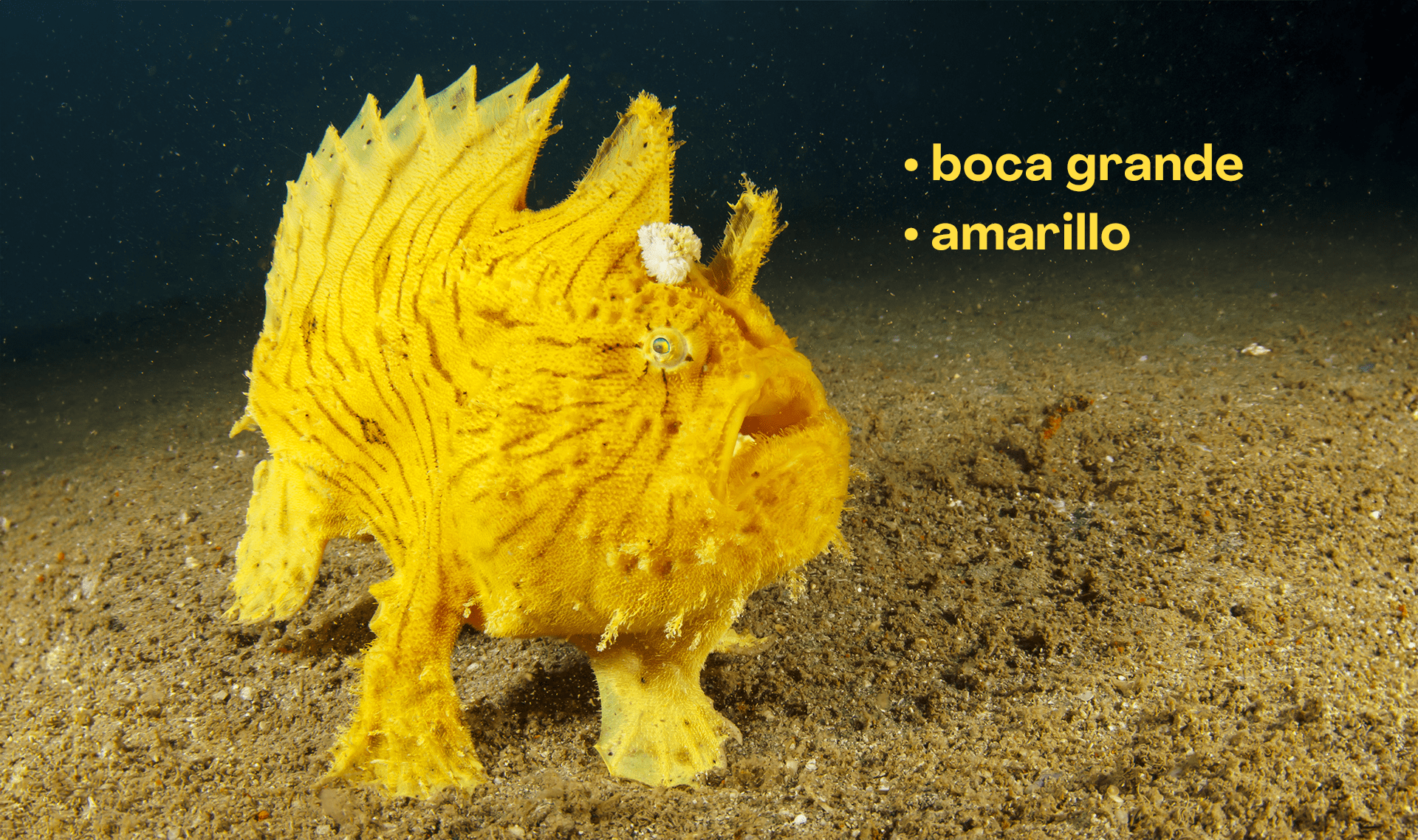
rasgo
2 de 14
algo que puedes observar acerca de un ser vivo, por ejemplo, las aletas anchas de un pez

Please wait…
This video is having trouble loading. You may have lost your Internet connection.
Step 1: Click to Reload this page
Step 2: Click to
Try our other video player
Step 3: Contact your teacher if trouble persists.
Or,
dismiss this message.
comportamiento
3 de 14
las acciones y reacciones de los seres vivos

Please wait…
This video is having trouble loading. You may have lost your Internet connection.
Step 1: Click to Reload this page
Step 2: Click to
Try our other video player
Step 3: Contact your teacher if trouble persists.
Or,
dismiss this message.
depredador
4 de 14
un animal que caza y se come a otros animales

Please wait…
This video is having trouble loading. You may have lost your Internet connection.
Step 1: Click to Reload this page
Step 2: Click to
Try our other video player
Step 3: Contact your teacher if trouble persists.
Or,
dismiss this message.
presa
5 de 14
un animal al que otro animal caza y se lo come
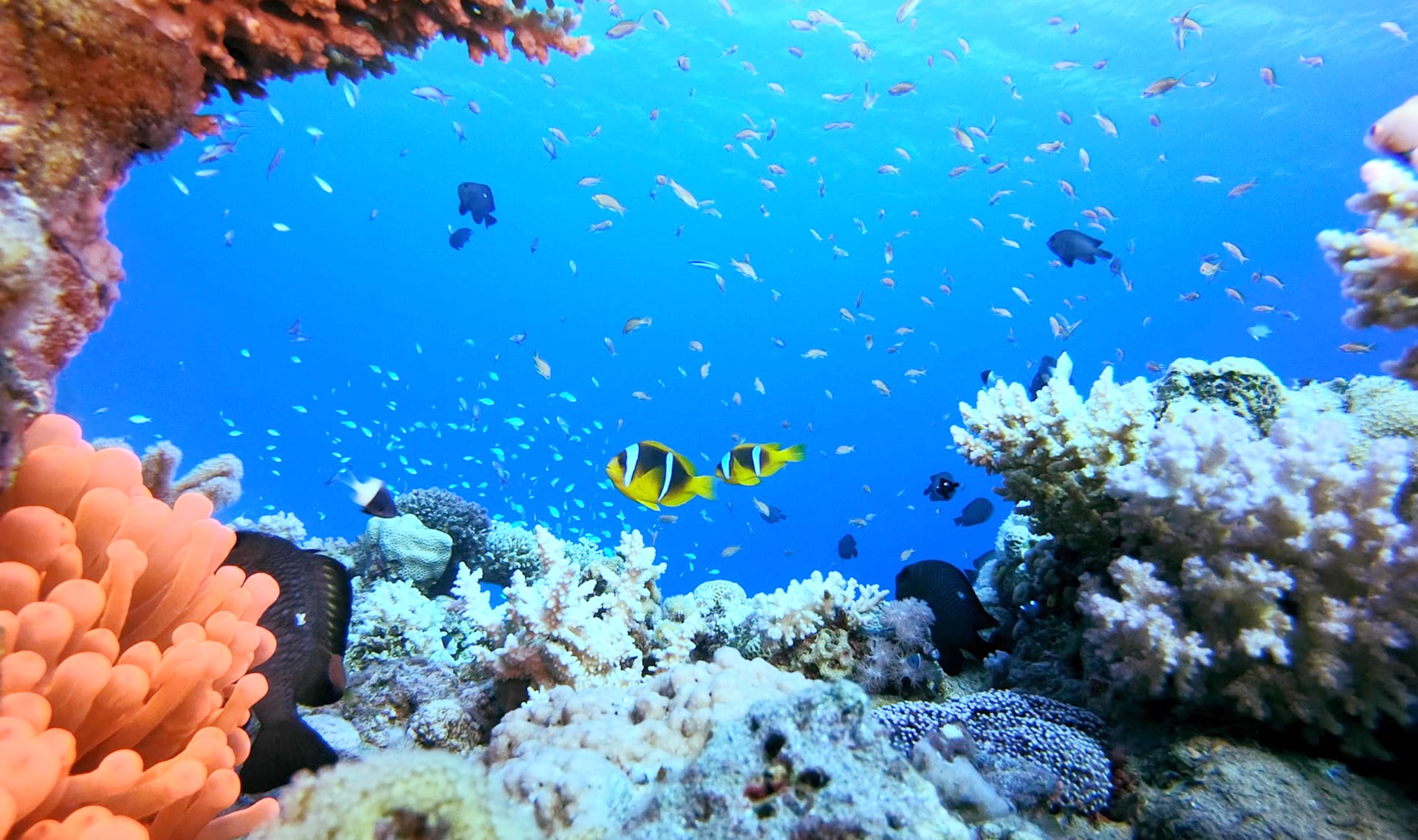
medio ambiente
6 de 14
el entorno de un ser vivo, incluyendo a los otros seres vivos y no vivientes (como el suelo, el agua, y el aire) que lo rodean
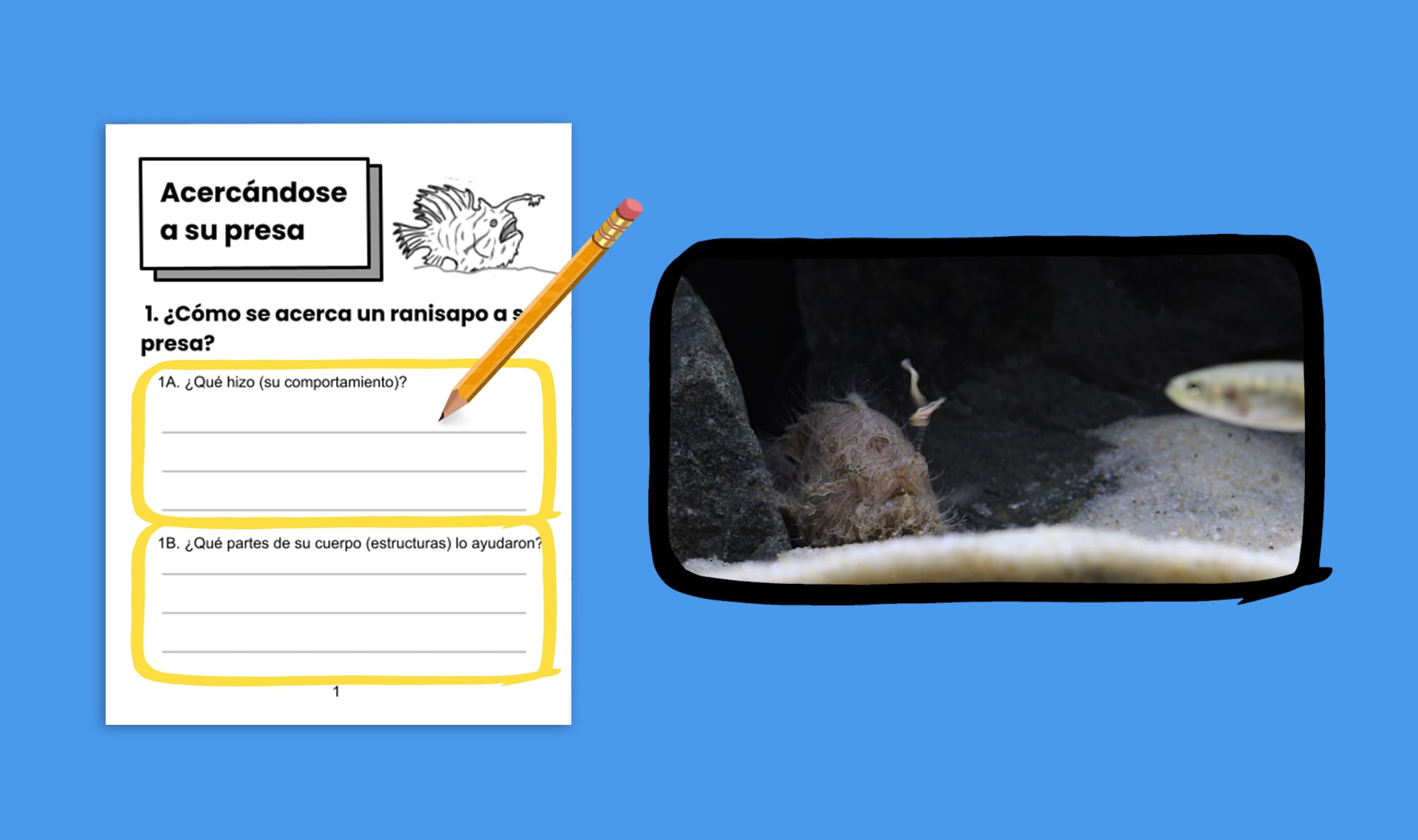
evidencia
7 de 14
información que puede ser usada para respaldar o rechazar una idea
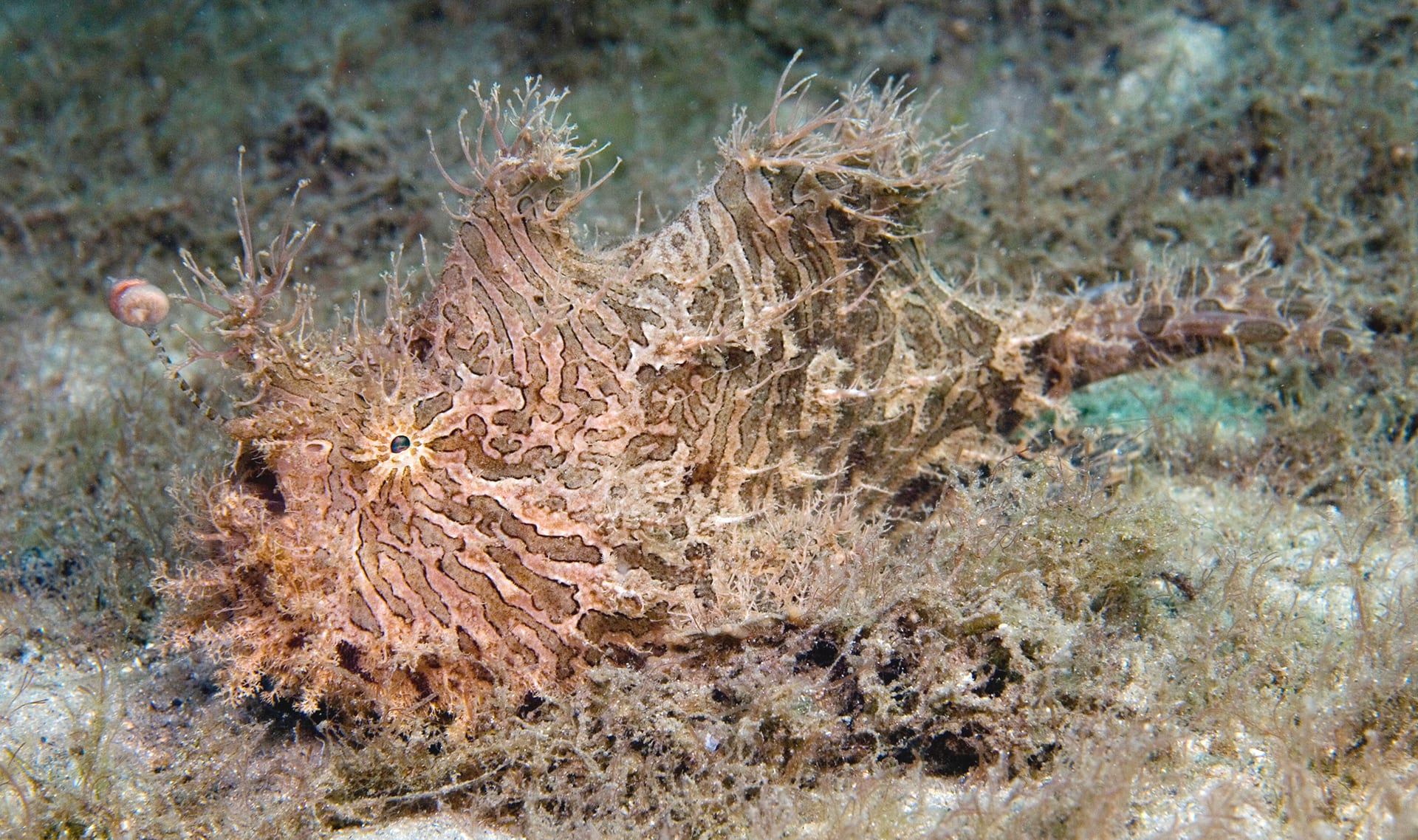
camuflaje
8 de 14
pasar desapercibido con lo que te rodea
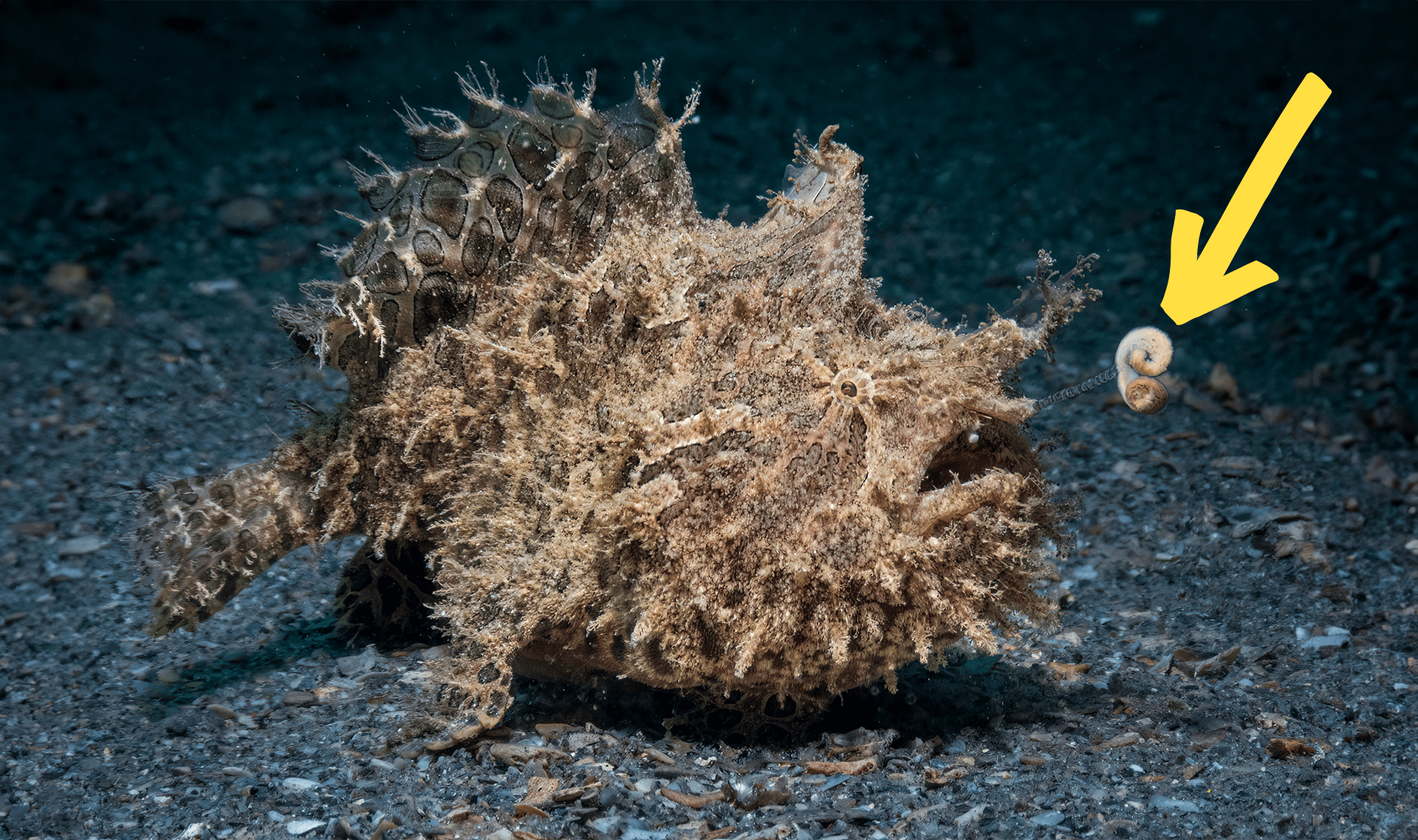
estructura
9 de 14
la forma específica que tiene una cosa

Please wait…
This video is having trouble loading. You may have lost your Internet connection.
Step 1: Click to Reload this page
Step 2: Click to
Try our other video player
Step 3: Contact your teacher if trouble persists.
Or,
dismiss this message.
función
10 de 14
lo que algo hace
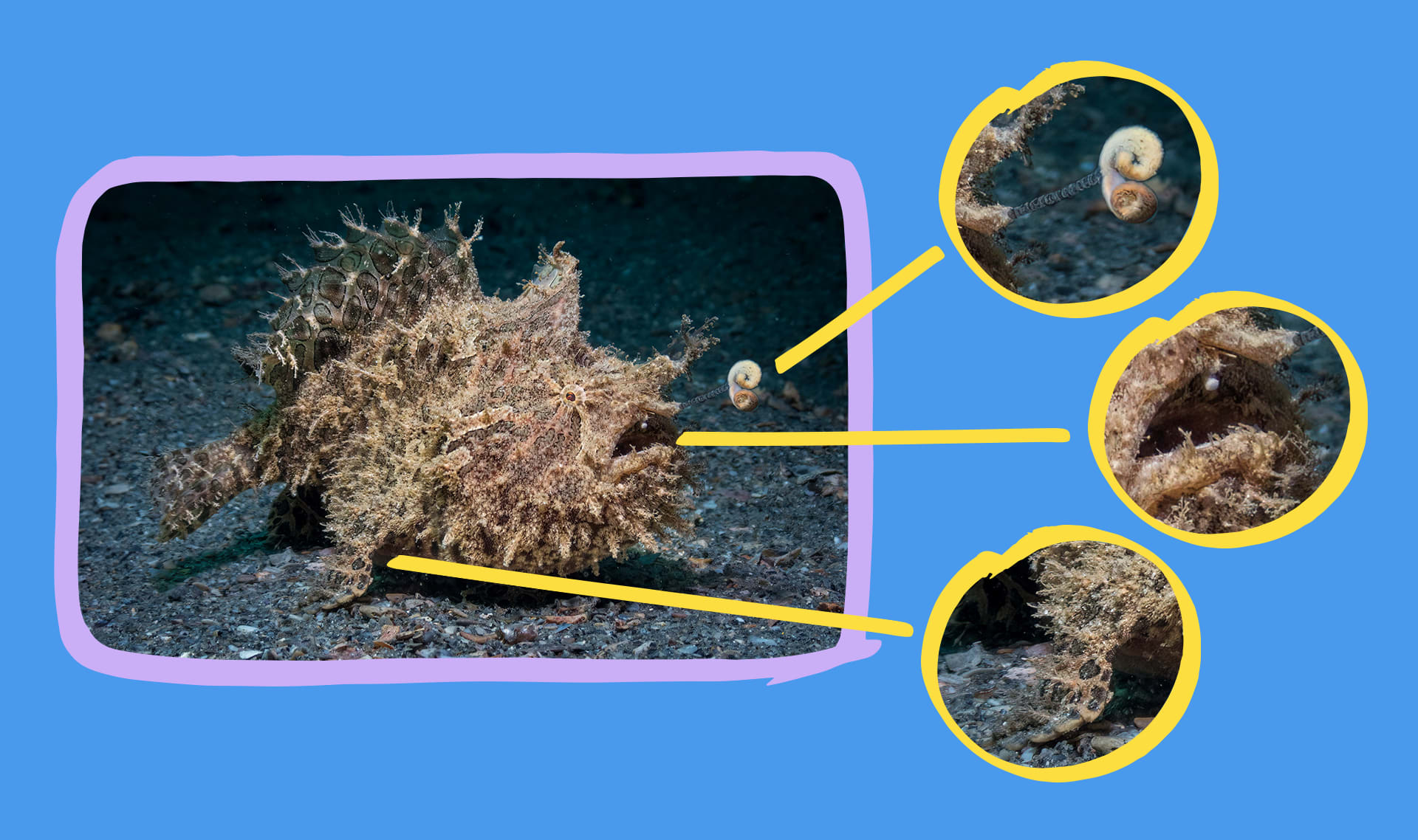
sistema
11 de 14
un conjunto de cosas que se afectan entre sí y funcionan juntas
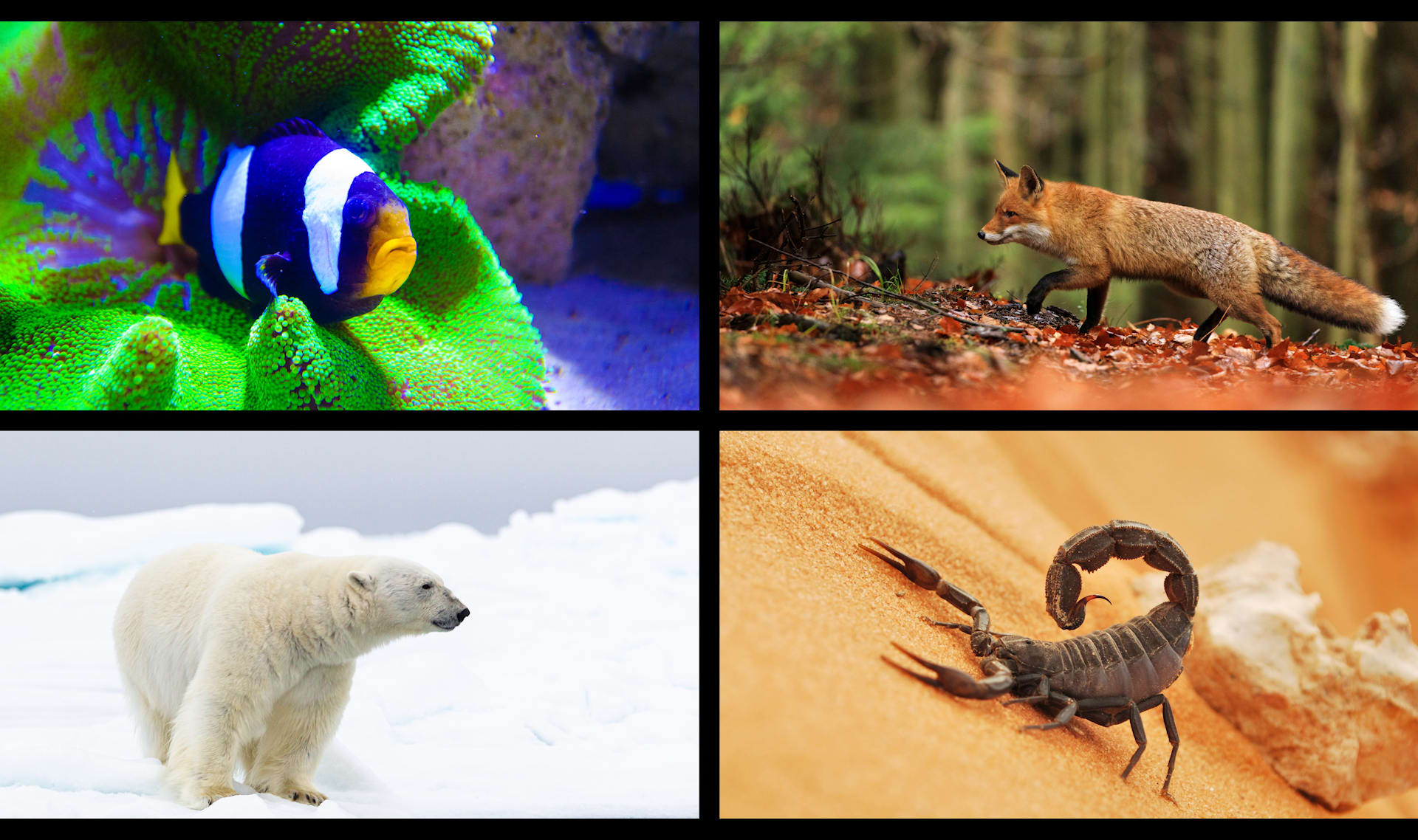
adaptación
12 de 14
aun rasgo físico o un comportamiento que ayuda a un ser vivo a sobrevivir en un ambiente particular
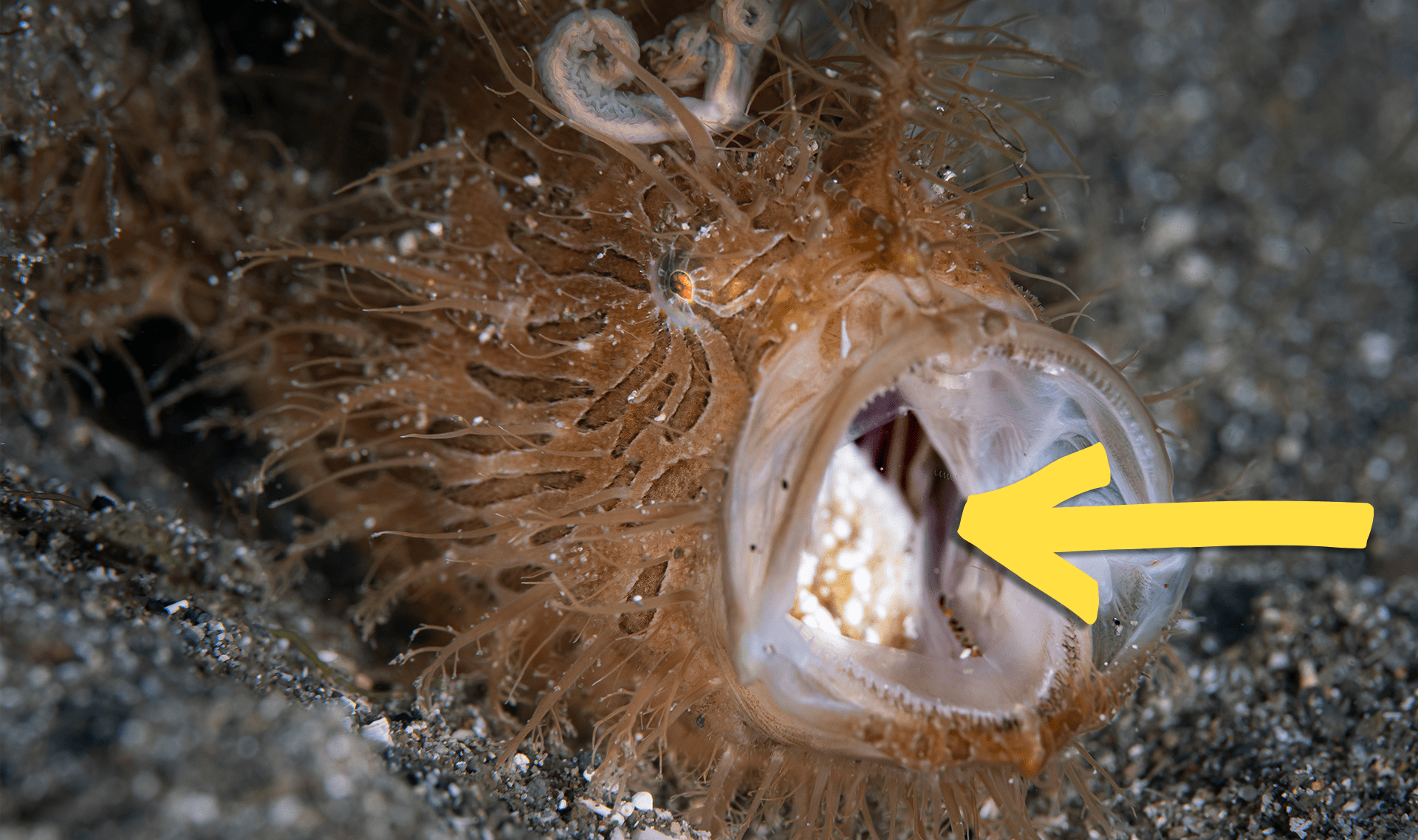
interno/a
13 de 14
algo que se encuentra dentro de una cosa, por ejemplo, dentro del cuerpo de seres vivos
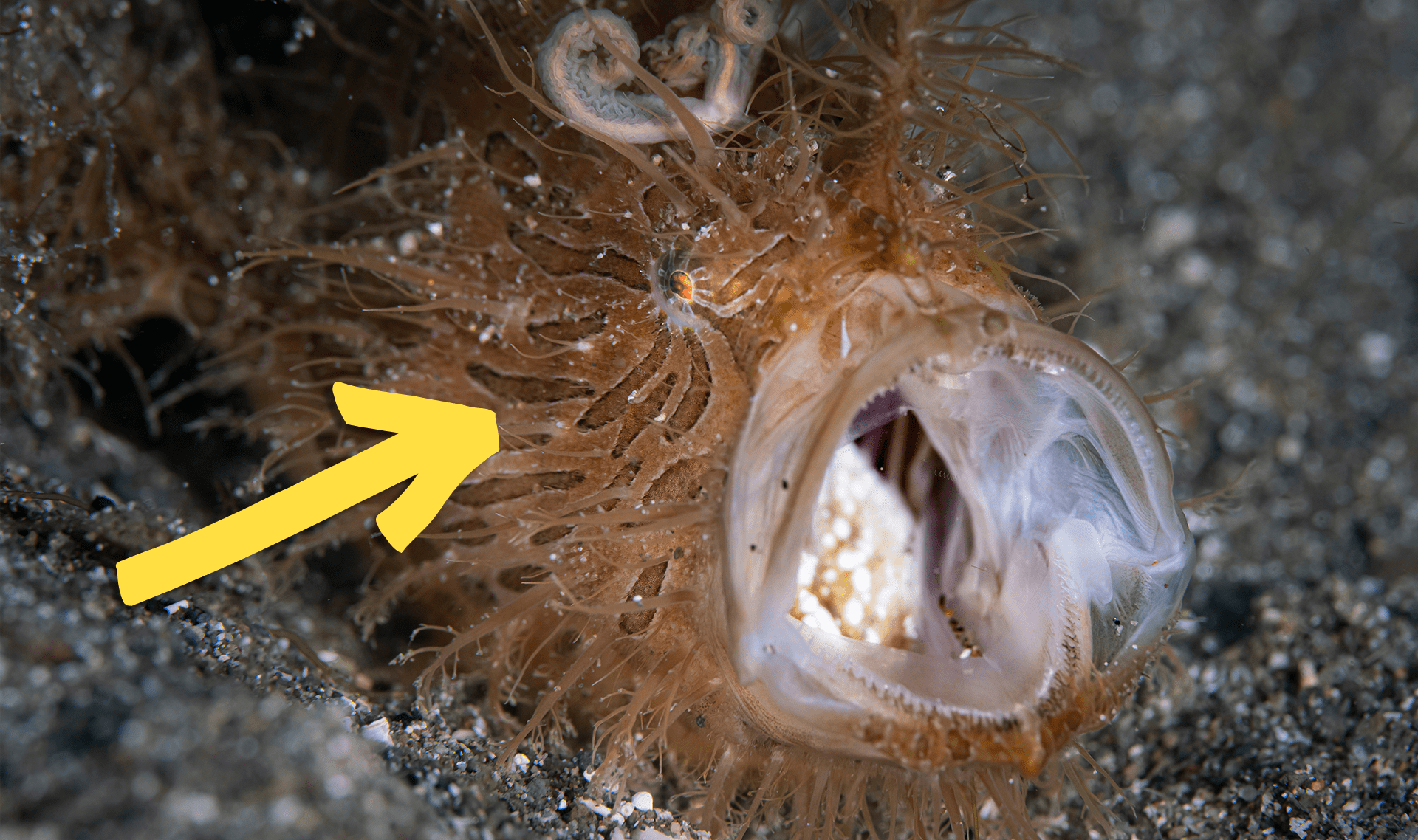
externo/a
14 de 14
algo que se encuentra afuera de una cosa, por ejemplo, en la superficie del cuerpo de seres vivos
